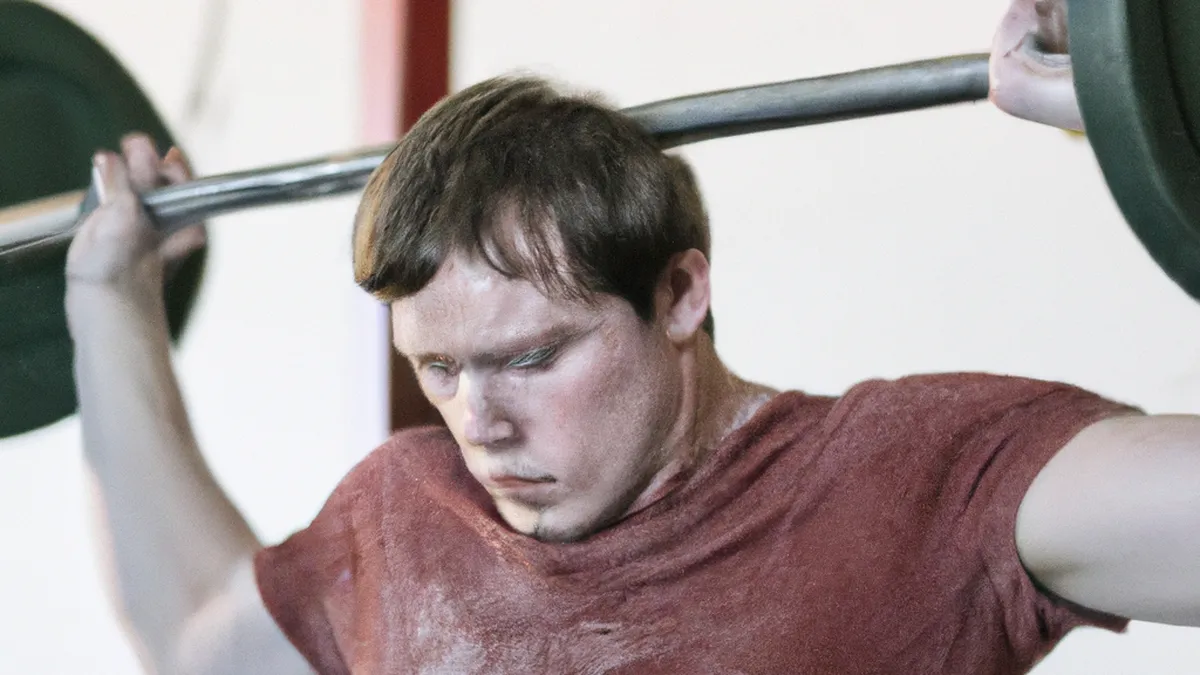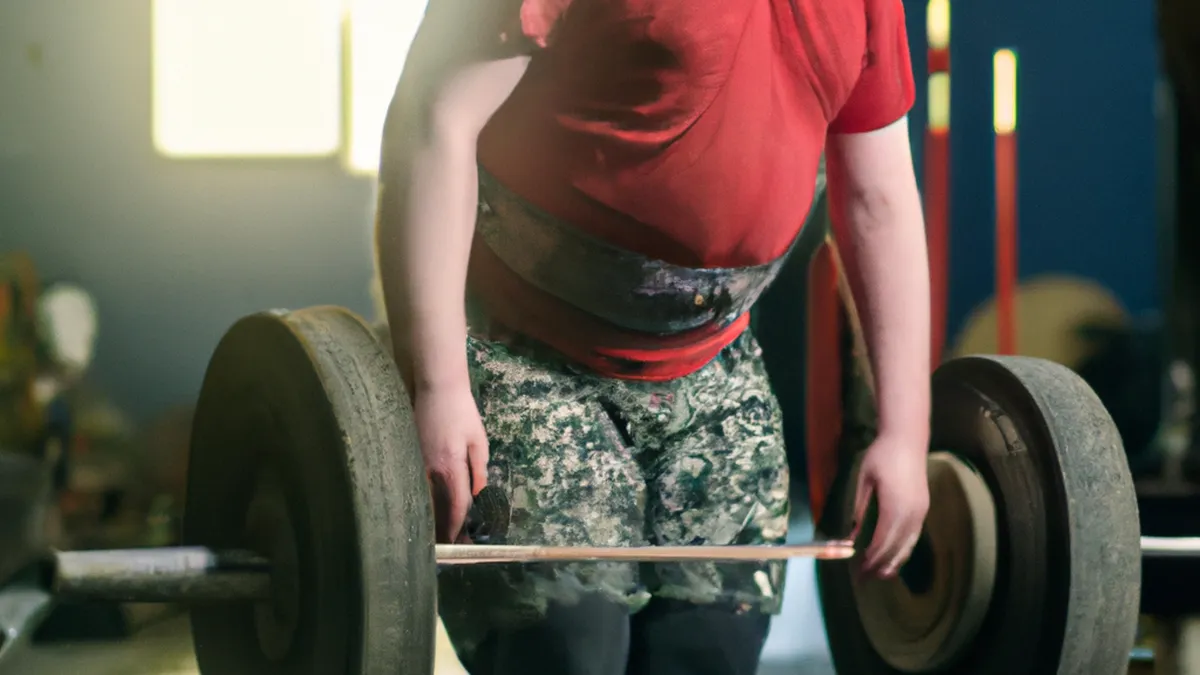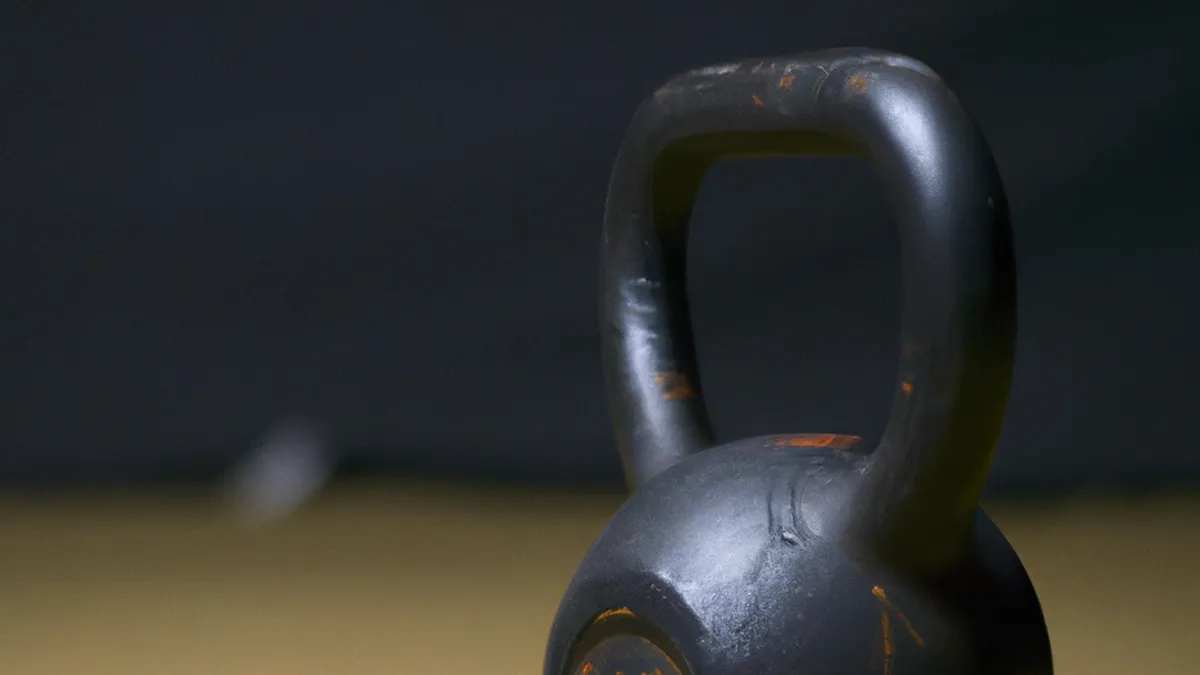Essential Tips to Prevent Powerlifting Injuries
Common Powerlifting Injuries and How to Avoid Them
As an Amazon Associate I earn from qualifying purchases.
Gear tip: consider resistance bands set, liquid chalk and foam roller to support this workout.
Powerlifting emphasizes strength and technique but carries a risk of injury. Understanding injuries and prevention helps you stay healthy. This blog explores common powerlifting injuries and offers practical tips for avoiding them.
Common Injuries in Powerlifting
Powerlifting focuses on three main lifts: squat, bench press, and deadlift. Each lift can cause specific injuries. Here are some common injuries:
1. Lower Back Strain
Lower back strains often affect powerlifters. Heavy lifting stresses the lumbar spine. Maintaining proper form during lifts reduces your risk of injury.
2. Shoulder Injuries
Shoulder injuries often arise from poor bench press technique. Overhead lifting and heavy benching can cause rotator cuff strains or tears. These injuries can be painful and debilitating.
3. Knee Injuries
Knee injuries frequently occur during squats. Improper alignment or excessive weight can lead to patellar tendinitis. This injury may sideline you for weeks or months.
4. Elbow Strain
Elbow strains often result from repetitive stress during heavy lifting. Bench presses and deadlifts can strain the elbow joint, leading to tendinitis.
Tips to Avoid Injuries
Preventing injuries in powerlifting is crucial for long-term success. Here are effective tips to help you lift safely.
1. Focus on Technique
Proper technique is essential for injury prevention. Learn and practice correct form for each lift. Work with a coach or experienced lifter for feedback.
2. Warm Up Properly
Warming up is vital before lifting. It prepares your muscles and joints. Spend 10-15 minutes warming up with dynamic stretches and lighter weights. This routine increases blood flow and reduces injury risk.
3. Listen to Your Body
Pay attention to your body’s signals. If you feel pain or discomfort, stop immediately. Pushing through pain can lead to severe injuries. Adjust your training program if specific areas consistently hurt.
4. Gradually Increase Weights
Avoid jumping into heavy weights too quickly. Gradually increase your load to allow your body to adapt. Consider a 5-10% weight increase each week.
Additional Advice for Injury Prevention
In addition to previous tips, consider these strategies for staying injury-free in powerlifting.
1. Incorporate Accessory Work
Accessory exercises strengthen muscles that support your main lifts. Focus on your core, shoulders, and legs. Developing these areas enhances stability and reduces injury risk.
2. Prioritize Recovery
Recovery is as important as lifting. Ensure you get enough sleep and proper nutrition. Include rest days in your training schedule. Active recovery, like light stretching or yoga, can also help.
3. Use Proper Equipment
Invest in quality lifting gear, including shoes, belts, and wrist wraps. Proper equipment provides support and stability during heavy lifts. Ensure your gear fits well and suits your lifting style.
Benefits of Injury Prevention
Preventing injuries in powerlifting offers numerous advantages. It allows consistent training and helps you achieve your goals. Avoiding injuries lets you focus on improving your lifts and performance. Staying injury-free enhances your enjoyment of the sport. You can participate in competitions and enjoy camaraderie with fellow lifters.
Maintaining good health reduces healthcare costs and treatment needs. A proactive approach fosters a positive mindset in your training. You will feel confident in your abilities and less anxious about setbacks.
Conclusion
Powerlifting is rewarding but carries risks. Understanding common injuries and prevention is vital for long-term success. Focus on proper technique, warm up effectively, and listen to your body. Incorporate these strategies to minimize injury risk and enjoy powerlifting benefits. Staying healthy is key to reaching your lifting goals. Embrace the journey and lift safely!
Below are related products based on this post:
FAQ
What are the most common injuries associated with powerlifting?
The most common injuries in powerlifting include lower back strains, shoulder injuries, knee injuries, and elbow strains. Each of these injuries can be linked to specific lifts and improper technique.
How can I prevent injuries while powerlifting?
To prevent injuries, focus on maintaining proper technique, warming up properly, listening to your body, and gradually increasing weights. Additionally, incorporating accessory work and prioritizing recovery can further reduce injury risks.
Why is recovery important in powerlifting?
Recovery is crucial in powerlifting as it allows your muscles to heal and grow stronger. Adequate sleep, nutrition, and rest days help prevent fatigue and injuries, enabling you to train consistently and effectively.















Post Comment